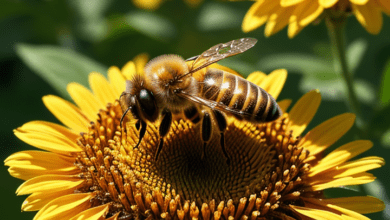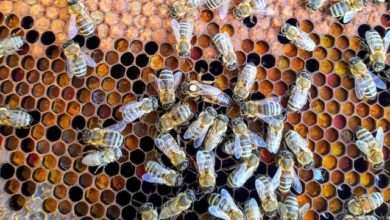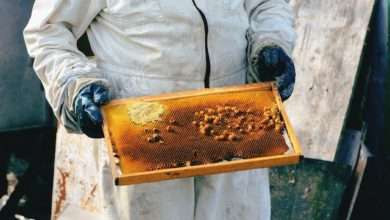Queen Excluders
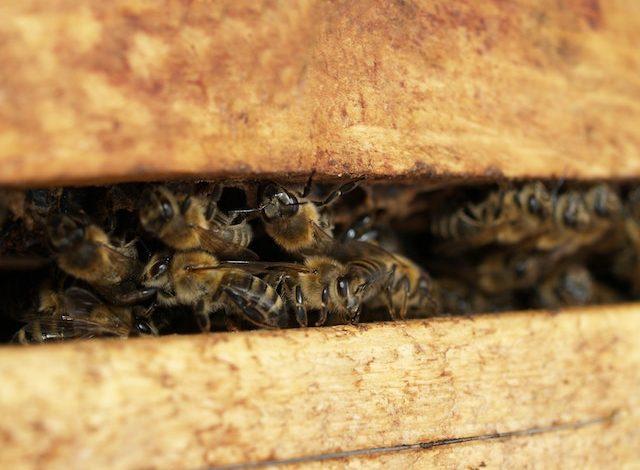
A queen excluder in beekeeping is a specific barrier placed inside the beehive that only allows worker bees to pass through while blocking larger queens and drones. With some methods of queen breeding, queen excluders are also utilized.
The Benefits of Using a Queen Excluder
It is easier for beekeepers.
There is no disputing that having a queen-free super makes life a little bit easier. However, for those of us who aim to practice bee-centric beekeeping, this is not a very compelling argument to employ a queen excluder.
You do not have to be concerned about the tiny area of drone brood hiding in the middle when you harvest your honey. You can bypass the honey supers and confidently inspect the boxes below when you wish to check your brood nest. No amount of rummaging through every box will reveal how expansive your reign as the queen has been.

Finding the queen is easier.
You can locate the queen more quickly since she only uses the bottom brood boxes. However, in order to receive this advantage, an excluder is not needed to stay active the entire year.
If you need to requeen a large hive, you can place an excluder on the week before and search the portion of the hive where you find new brood.
It controls the population of the colony and, therefore, the level of defensiveness.
A colony will become more protective the more worker bees it has and the more brood it produces. If you are in an area that has a high concentration of Africans, this is especially true.
It has been noted that colonies with African genes predominately produce more brood than honey. If you let them, they will develop a brood tower, get extremely hot, and become difficult to control. To keep the size of these colonies under control, I like to utilize queen excluders.
It may help control varroa mite populations.
The benefits of small-hive beekeeping have been the subject of Thomas Seeley’s research. Fewer brood results in fewer mites, which may enable the bees to better control them on their own, especially if swarming is permitted, according to his research.
The Disadvantages of Using a Queen Excluder
Using a queen excluder is not “natural.”
It is true that queen excluders are not present in wild bees. Forcefully separating honey from brood doesn’t seem essential.
Wild hives can, however, contain smaller nesting cavities, and using an excluder can help you replicate this type of nest layout. Despite the fact that I have put this as a drawback, I’m not sure if it actually makes a difference.
Drones get stuck in the excluders.
A drone will become caught and perish, trying to pass through if he is imprisoned above the excluder.
Repeated passage through the excluder may result in worker bee wings being damaged.
The brood nest may become honey-bound.
In order to prevent your brood nest from being overly congested with honey, you must keep a watchful eye on it.
To give the queen more area to lay her eggs and to allow the bees to construct new comb in the brood nest, it is recommended to rotate honeycombs up during the spring. In particular, for novice beekeepers, this adds a little complexity to management.
The Honey Debate
Then, more or less honey is produced as a result of utilizing a queen excluder. Despite the frequent disagreement among beekeepers, is it possible that both of these claims are accurate?
This seems actually to depend on the situation, in my opinion. The preferences of each of your colonies may be the deciding factor. Several colonies will object to working over the queen excluder, while others don’t seem to care at all. I thus urge everyone to study their bees, record their observations, and base their decisions on what they discover.
For instance, when I work with bees from my neighborhood queen breeder, the colonies naturally maintain fewer brood nests and make honey easily, but when I work with bees that were taken in the wild, they produce an excessive amount of brood.
So, I no longer use queen excluders on the colonies with bred queens, just on my wild bees. I also attentively observe how my wild colonies behave because some do build modest brood nests with more bountiful honey stores and do not require an excluder.
In colonies where I do employ excluders, I try to provide an upper entrance above the excluder to prevent some bees from passing through it too frequently.
Which is the best queen excluder?
Here are the top 10 Frame Queen Excluders for Langstroth Hives
- Mann Lake HD128 Heavy Welded Excluder, 2 Pack, Metal
- Plastic 10-Frame Queen Excluder
- Honey Keeper 10 Frame Plastic Queen Excluder, 2 Pack
- Benefitbee 12PCS Beekeeping Plastic Queen Excluder
- Blythewood Bee Company Metal Queen Excluders
- Mann Lake 10 Frame Wood Bound Metal Excluder
- BEEXTM Queen Excluder
Here are the Top 8 Frame Queen Excluders for Langstroth Hives
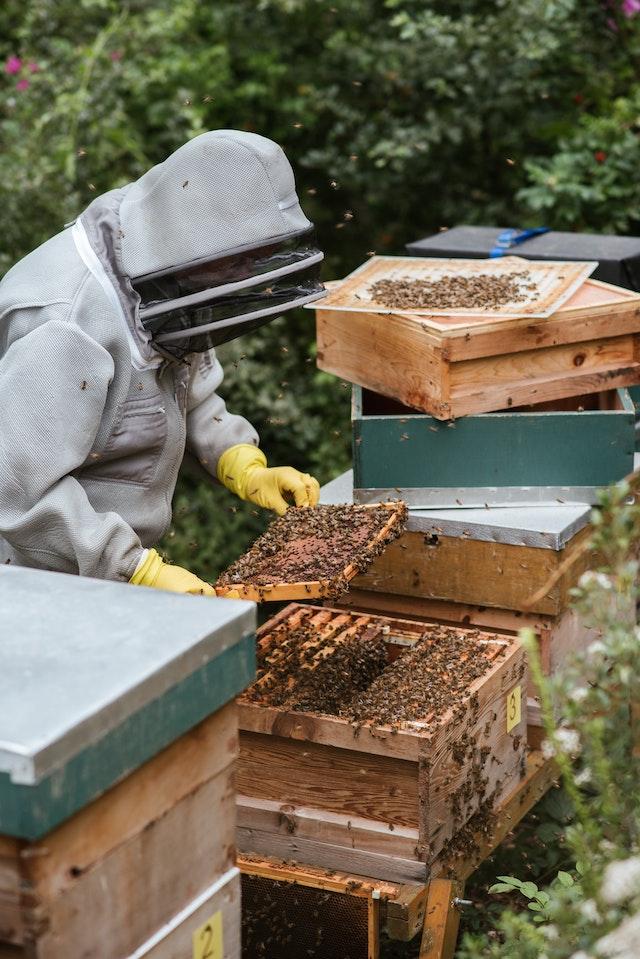
- Mann Lake HD-121 8 Frame Metal Bound Queen Excluders
- Ambrose Bee Supply Queen Excluder (Plastic 8-Frame)
- Cutler Supply 8 Frame Metal Queen Excluder
- 8 Frame Metal Queen Excluder
FAQ
Are queen excluders necessary?
A queen excluder often serves the function of preventing the queen from laying eggs in the honey supers. You have no purpose for honey supers, and hence no need for a queen excluder until your bees draw out the majority of the frames in the brood boxes.
When should I use a queen excluder?
Above the first honey super, in the hive, should be where the queen excluders should go. Early in the spring should see this. As soon as the weather starts to warm up, the queen will move down to the lower brood box.
Do commercial beekeepers use queen excluders?
Many, possibly even the majority, of commercial beekeepers do not employ queen excluders because they think that by limiting honeybee movement, the excluder reduces the amount of honey that can be produced. The term “honey excluders” is used in jest by veteran beekeepers to describe queen excluders.
Will bees draw out a comb above a queen excluder?
The bees concentrate on creating comb because there are no cells for the queen to lay eggs in. They will swiftly remove the brood box and focus on the frames above the queen excluder. The old hive will be fine in its new location in the meanwhile.
Do you take the queen excluder off in winter?
It is typical for beekeepers to remove queen excluders in the Northern Hemisphere, where winters are lengthy and extremely harsh. The honey stored at the top of the hive can then be surrounded by a dense cluster of bees, which can consume the honey and produce heat.

